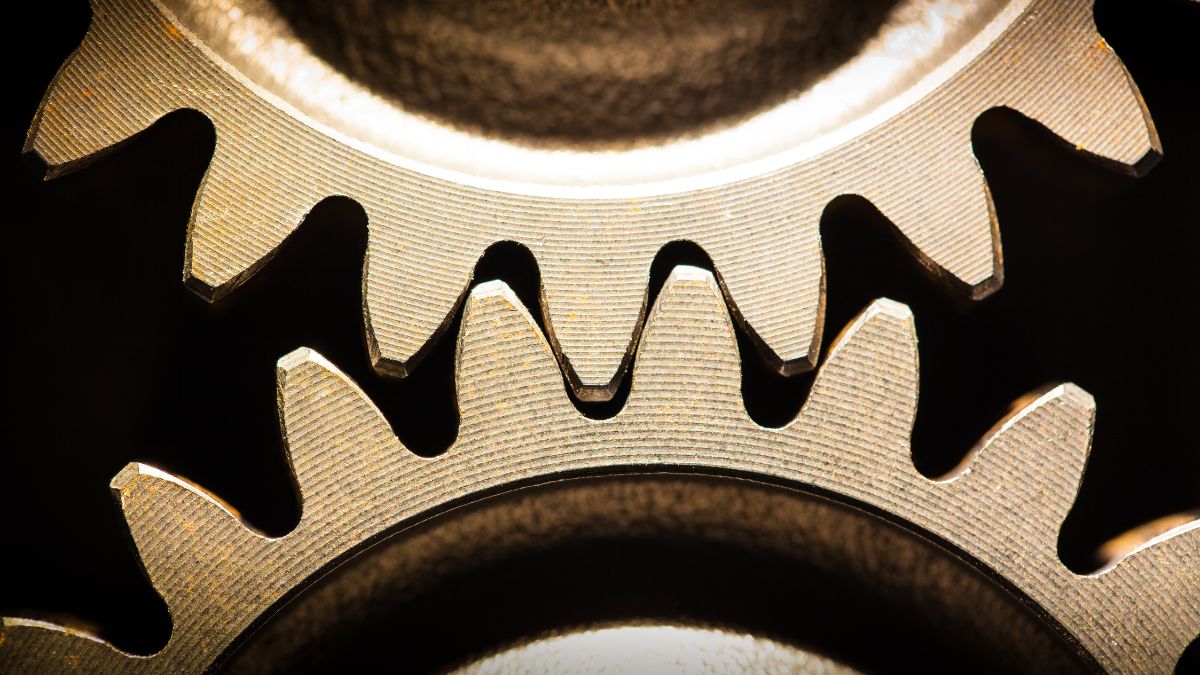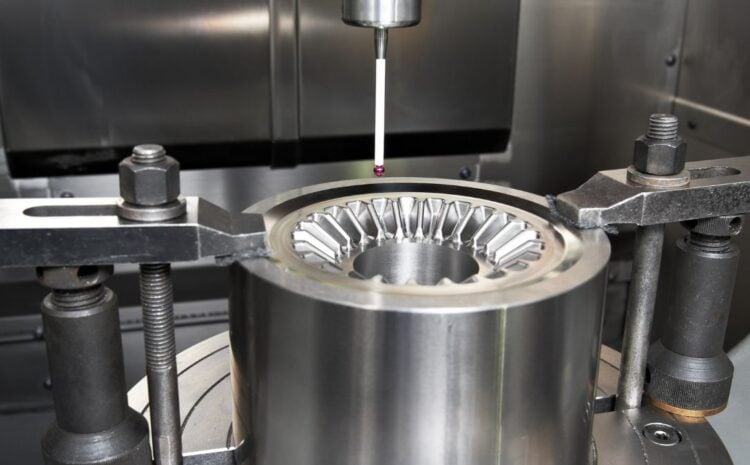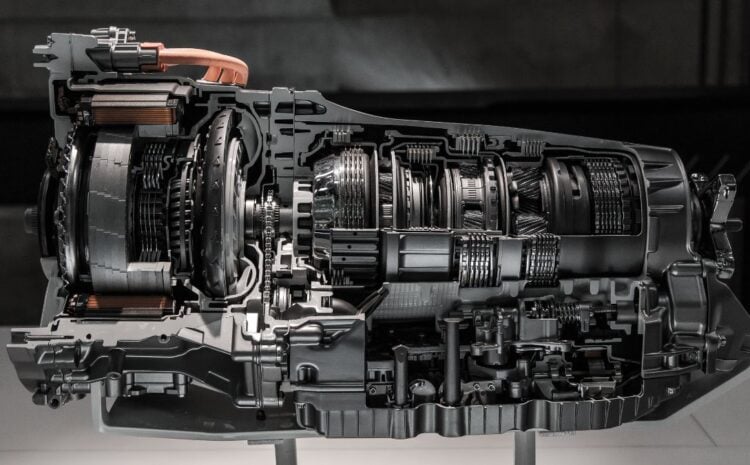Introduction
Gears are to machines what veins are to the human body—a critical component that controls flow and function. Understanding the nitty-gritty of it in an industrial setup can spell the difference between a high-performing machine and a sluggish money pit. In this guide, we’ll dive into gear ratios, how to perform gear calculations, and why these little numbers hold such importance in an industrial setting.
The Basics
So, what exactly is a gear ratio? It’s the ratio of the number of teeth on the driven gear to the number of teeth on the driver gear. It can give you much information about how the gears will interact. Finding it involves simple math. For example, if your driving gear (the driver gear) has 20 teeth and the driven gear (or output gear) has 40 teeth, your gear ratio is 1:2.
Types of Gear Ratios
When it comes to gear systems, not all gear ratios are created equal. Understanding the nuances of different types can significantly enhance the performance and efficiency of machinery. Let’s delve into the three principal types of gear ratios:
- Simple: In a simple gear system, you typically have just two gears—the driver gear and the driven gear. The ratio between the number of teeth on each of these gears gives you the simple gear ratio. This is the most straightforward calculation and is commonly used in everyday machines like bicycles and basic conveyor belts.
- Compound: A compound gear system consists of multiple gears working in tandem, usually more than two. Here, the individual gear ratios between each pair of gears are multiplied together to determine the overall compound gear ratio. This allows for more complex and nuanced control over speed and torque, making it well-suited for advanced industrial applications and heavy-duty machinery.
- Epicyclic: Also known as planetary gear ratios, these are a bit more complicated but offer a high degree of mechanical advantage in a compact space. In an epicyclic gear system, you have a central ‘sun’ gear surrounded by ‘planet’ gears, all encased in a ‘ring’ gear. The ratio here is calculated based on the interactions among these gears and is often used in automotive transmissions and robotics to control speed and direction precisely.
Each type has advantages, disadvantages, and ideal use cases, making it essential to choose the right type of gear ratio for your specific application.
How to Calculate Gear Ratios
Understanding How to Calculate Gear Ratios
Calculating gear ratios is far from complex, yet attention to detail is crucial. Here’s your go-to guide for determining the gear ratio:
- Identify and count the number of teeth on the driver gear.
- Similarly, tally the number of teeth on the driven gear.
- Divide the number of teeth on the driven gear by the number of teeth on the driver gear.
For instance, if you have a blue gear serving as your input gear with 20 teeth, and the driven gear possesses 40 teeth, your gear ratio would be 40/20, which simplifies to 2:1. This implies that for each full rotation of your blue gear, the driven gear will complete two rotations. This principle for gear calculations can also be applied to various systems like gear trains, toothed belts, and even complex setups like planetary gears.
Affecting Factors
Gear ratios can be affected by several factors, including:
- Material: Different materials have different levels of friction, which can impact efficiency.
- Number of Teeth: The number of teeth can alter rotational speeds, which affects the gear ratio.
- Dimensions: The diameter of the gear can also affect the rotational motion.
Importance of Gear Ratios in Industrial Applications
Why should you care about industrial gear ratios? For starters, a well-calculated gear ratio can improve machinery speed control and torque multiplication, which is especially useful in car engines. Moreover, correct gear ratios work to increase energy efficiency, potentially saving costs in the long run. They also enhance safety by ensuring that machines operate at optimal speeds.
Common Mistakes to Avoid
As crucial as gears are, mistakes in gear manufacturing or calculations can be disastrous. Errors like incompatible gears, incorrect calculations, or even simple wear and tear can severely impede machine performance.
Future Trends in Gear Ratios and Industrial Machinery
The future holds promise for smarter, more efficient gears. Internet of Things (IoT) integration can help in predictive maintenance, while advanced materials like carbon-fiber composites are set to revolutionize gear manufacturing. Even machine learning algorithms are getting into the mix, analyzing machine behavior to predict and optimize it.
Conclusion
Gears are not just cogs in the machine but the linchpin that holds everything together. Engineers and technicians can ensure the smooth operation of various machinery and equipment by grasping the basics of gear ratios, their importance in industrial applications, and how to calculate and select the appropriate gear ratio. It’s not just about how fast one gear turns but how well the entire system operates. So, please look closer at your machinery; maybe it’s time for a gear check-up or repair.



